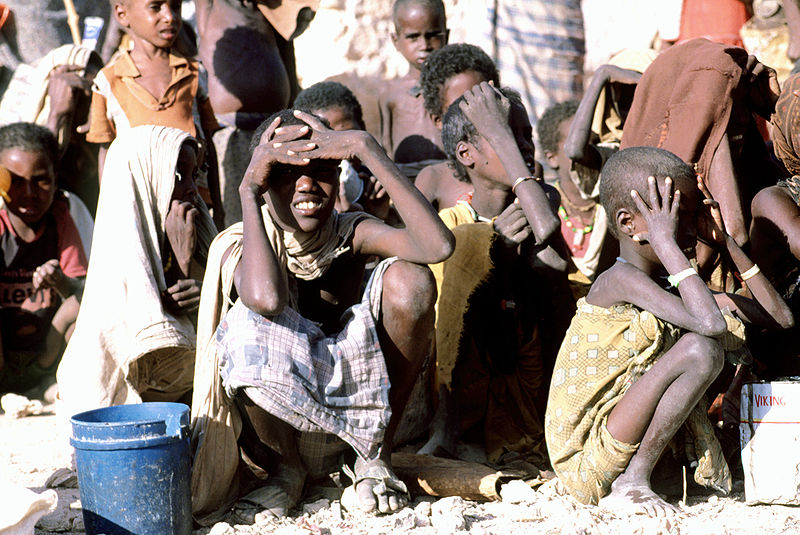
Among Somalia’s numerous human rights crises is the recruitment of child soldiers. Not only is Somalia one of the countries with the most child soldiers, but its living standards are not improving. This article discusses five facts about Somalia’s child soldiers, along with hopeful measures which could improve the situation in the foreseeable future.
5 Facts About Child Soldiers in Somalia
- Somalia possesses the largest number of children who have died during war in the world. Somalia’s ongoing civil war led to drastic measures, including child recruitment into armed forces. In 2017, Somalia recorded 931 children killed at war, along with 2,127 children used in conflict. Additionally, Somalia verified the recruitment of 6,163 children between 2010 and 2016.
- There are many different ways to recruit child soldiers. Children’s rights in Somalia rank a 3.6/10 on the Children’s Rights Index. This ranking places Somalia in the Black Level for children’s rights, within the worst conditions in the world. This is due to several prominent factors, including the lack of education, forced displacement, sexual abuse and lack of food. All of these things happen to the majority of child soldiers in Somalia. Children as young as 9 years old suffer enlistment into Somali armed forces, both willingly and forcefully. According to reports, a majority of these children actually recruit themselves voluntarily. Often, militant groups trick child soldiers into believing that they are helping their country by doing so. Additionally, in many cases, militant groups kidnap these children and forced them into armed services. The abduction of children occurs strategically. The children targeted usually congregate in places where they are vulnerable and in large numbers, including churches, schools and orphanages. Others choose them based on their height and physical conditions.
- Militant terrorist organizations recruit most child soldiers. Many believe that Somalia’s government willingly allows the military to recruit children. However, this is not true. Contrary to popular belief, it is not the military that recruits these children, but, instead, terrorist groups fighting against the Somali government. The most prominent of these groups, Al-Shabaab, defines itself as an independent militant group that broke away from the Union of Islamic Courts. Al-Shabaab often demands teachers, elders and rural communities to provide them with children 8 years old and older to help them fight. Al-Shabaab has taken the most extreme measures, such as beating, raping, torturing and killing people who refused to give away their children. Over the past 10 years, Al-Shabaab recruited thousands of children to be child soldiers. In total, Al-Shabaab recruited 70% of all child soldiers in Somalia.
- Militant groups choose child soldiers for various strategic reasons. One might question why groups like Al-Shabaab target children since children are physically weaker than adults and lack fighting skills. However, targeting children as recruits supports Al-Shabaab’s goal to oust Somalia’s government. Firstly, children are likely to be more vulnerable than adults. Others can easily persuade them to fight for their country, thus making them believe that their contribution is voluntary and will benefit Somalia. The children who become child soldiers do not only serve as frontline fighters. Militant groups use many children as looters, spies, messengers or informants. Additionally, the physical weakness of children makes them prone to sexual assault from their terrorist leaders, who entrap some children as sexual slaves. Lastly, children present better targets than adults since they require less food and water to live. Groups like Al-Shabaab feed child soldiers just enough to survive and function in the war while remaining weak enough for physical manipulation.
- Organizations working against child soldiers in Somalia are making progress. The African Union Mission in Somalia (AMISOM) is an organization that supports residents from areas liberated from Al-Shabaab. Recently, its work focuses on helping residents resettle after losing their homes in battle. Since child soldiers have a high risk of re-recruitment unless properly reintegrated into society, its initiative to take on such a difficult issue demonstrates progress. The AMISOM Civil Affairs Officer, Christopher Ogwang, speaking about recent developments, stated, “Our responsibility is to do reconstruction where necessary. We are also extending our services to rehabilitate social facilities like schools, hospitals and police stations.”
Concluding Thoughts
In the end, this treacherous issue will not undergo resolution overnight. However, organizations like AMISOM are doing their part in saving Somalian children from becoming child soldiers. The rest of us can contribute to the struggle by keeping informed about these issues and spreading information. Doing as little as this can help take a huge step towards saving child soldiers in Somalia.
– Andra Fofuca
Photo: Wikipedia Commons
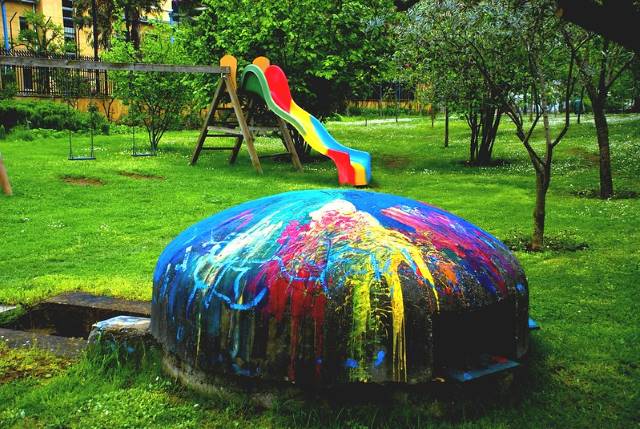 From the 1960s to the 1980s, Albanian
From the 1960s to the 1980s, Albanian 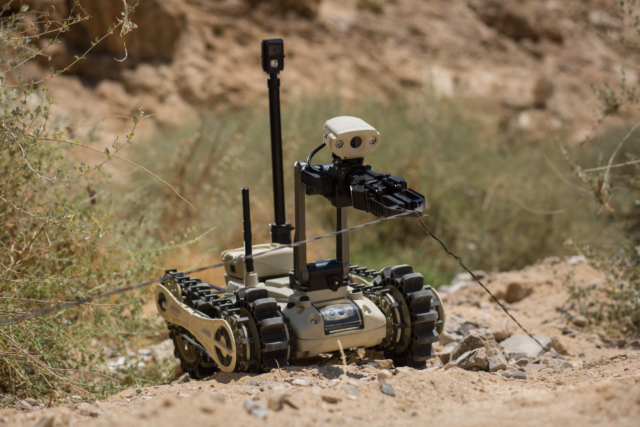 Researchers have recently discovered that military-designed robots have the ability to save lives. Humanitarian assistance through robots can help tackle poverty and provide support to those in need on land, air and sea. These robots are especially important in impoverished, war-ridden areas. Overall, robotic resources can help tackle crises that would otherwise be dangerous, deadly or impossible for humans to enter.
Researchers have recently discovered that military-designed robots have the ability to save lives. Humanitarian assistance through robots can help tackle poverty and provide support to those in need on land, air and sea. These robots are especially important in impoverished, war-ridden areas. Overall, robotic resources can help tackle crises that would otherwise be dangerous, deadly or impossible for humans to enter.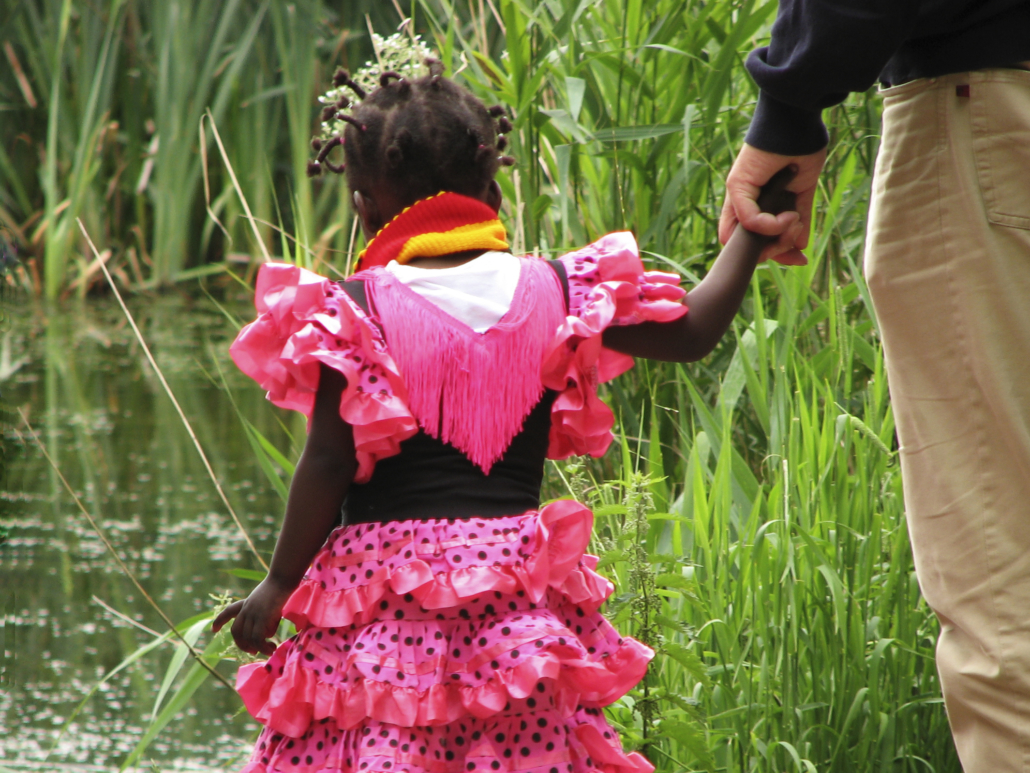
 The 19-year-old singer Tusse recently represented the country of Sweden at the 2021 Eurovision Song Contest. Tusse
The 19-year-old singer Tusse recently represented the country of Sweden at the 2021 Eurovision Song Contest. Tusse 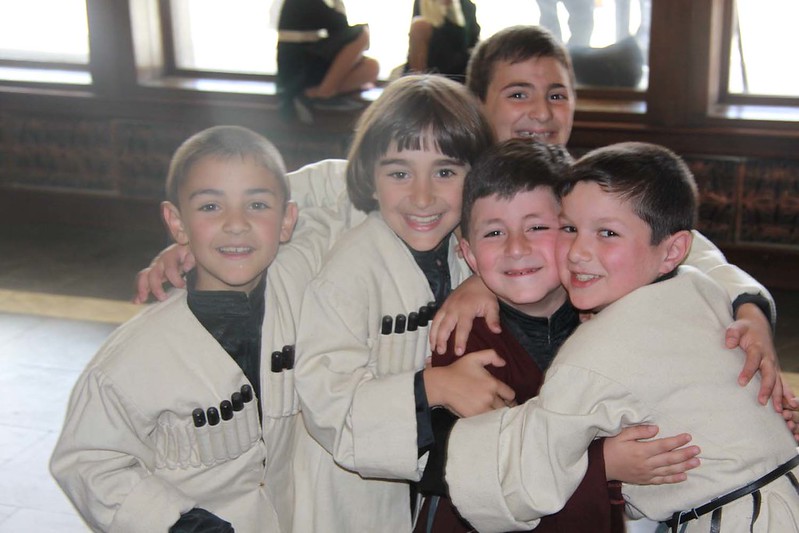
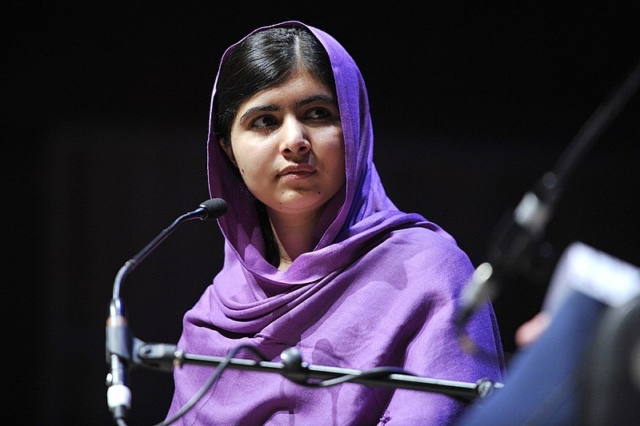 Malala Yousafzai is an activist who works to provide educational opportunities to girls around the world. Yousafzai
Malala Yousafzai is an activist who works to provide educational opportunities to girls around the world. Yousafzai 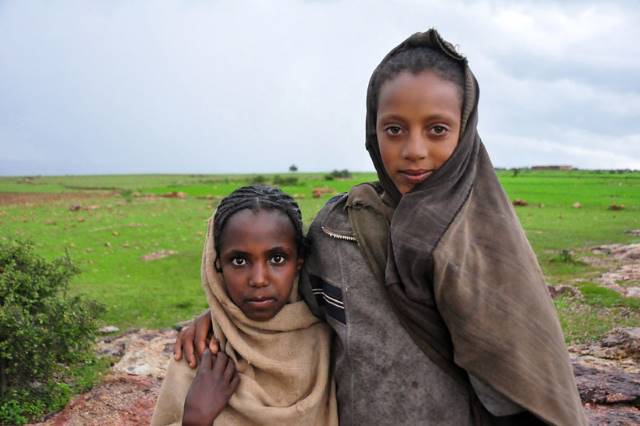 The term genocide describes the systematic mass murder of a racial, political or cultural group. Genocides have been witnessed in countries such as Germany, Russia and the Democratic Republic of the Congo. But, the concept of genocide is more than an abstract term for something long passed. Acts of genocide occurred more recently in Rwanda and the Rohingya Muslims of Myanmar are also recent victims of such violations. Acts of genocide were also recently
The term genocide describes the systematic mass murder of a racial, political or cultural group. Genocides have been witnessed in countries such as Germany, Russia and the Democratic Republic of the Congo. But, the concept of genocide is more than an abstract term for something long passed. Acts of genocide occurred more recently in Rwanda and the Rohingya Muslims of Myanmar are also recent victims of such violations. Acts of genocide were also recently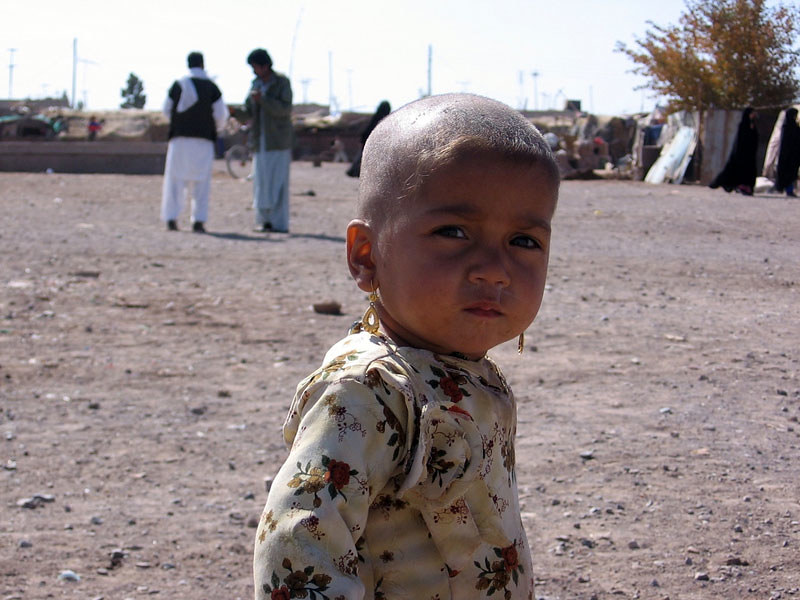
 The threat of stepping on landmines understandably leaves communities in fear of utilizing valuable farmland, traveling freely to school or rebuilding after conflict. Landmines affect impoverished communities significantly more than others as it is often the poor who are pushed into these dangerous areas. A landmine-free world is the goal of several organizations.
The threat of stepping on landmines understandably leaves communities in fear of utilizing valuable farmland, traveling freely to school or rebuilding after conflict. Landmines affect impoverished communities significantly more than others as it is often the poor who are pushed into these dangerous areas. A landmine-free world is the goal of several organizations.